Yesterday, I shared a small message about pushing the router. Xiao Bian felt that the recommended models based on the light system were still not sufficient, so today I decided to compile a list of common router processors and third-party systems available in the market for your reference. If you're only focused on performance or cost-effectiveness, choosing a model based on the main chip will usually meet both general and even some advanced users' needs without any issues. However, if you have more specific requirements, third-party firmware is a treasure trove that can be explored. These systems offer powerful features, customizable options, and even allow you to install additional software. Of course, their stability might not be as good as the original firmware, which depends on personal preferences. Like it. New Perspective: Looking at the Router from the Processor Marvell: While many people are familiar with Marvell's SSDs, they may not know that Marvell has long been a leader in router processors. Xiao Bian believes that Marvell’s recent products have been almost flawless in terms of power efficiency and performance, although they tend to be quite expensive. Representative models: Linksys WRT1200/1900/32X Third-party systems: DD-WRT, LEDE/OpenWrt Broadcom: Broadcom is a dominant force in wireless routers (and even acquired Qualcomm). It offers excellent compatibility, strong performance, and a large market share. Earlier chips like BCM4708 were known for high performance but also high power consumption and heat. The newer versions have improved significantly. Previously based on MIPS architecture, Broadcom now uses ARM, making it a popular choice for high-end routers. Representative models: ASUS RT-AC86U/RT-AC68U, Netgear R6900/R7000 Third-party systems: DD-WRT, Tomato, Merlin Qualcomm: Known for its mobile processors, Qualcomm entered the router market through its acquisition of Atheros. Atheros was once a leader in performance, but it gradually withdrew from the consumer market. Today, Qualcomm focuses on ARM-based router chips, delivering strong performance and reliability. Representative models: Netgear R7500/7800, ASUS AC RH17 Third-party systems: DD-WRT, LEDE/OpenWrt Intel: Although Intel's presence in home routers is limited, it has made significant contributions to network devices. Many network equipment use Intel processors, such as the Fiji K3. However, Intel doesn't focus much on consumer-level router products. Representative models: Feixun K3 Third-party systems: LEDE, Merlin MTK: MediaTek is known as the "Brush King" in the router world. It often provides turnkey solutions, which makes it easy for manufacturers to develop and customize their own systems. This low development barrier results in a wide range of adaptable and highly playable router systems. Representative models: newifi 3, Polar Route 4, Mercury MAC2600R Third-party systems: Padavan, LEDE, Merlin Hass: Huawei's Hass processor is used exclusively in its own routers. As an ARM-based chip developer, Hass has proven its strength. Huawei's achievements in network devices are far beyond average vendors. The downside is the lack of third-party support and limited customization options. Representative models: Huawei WS5200, etc. Third-party systems: None What is a Third-Party System? Third-party systems, also known as third-party firmware, are embedded systems that originated from open-source projects. For example, Linksys opened the source code for the WRT54G, leading to the creation of various custom firmwares. Over time, several well-known ones emerged. DD-WRT: One of the earliest third-party firmwares, it was mainly used for WDS bridging and served as a transitional firmware between different versions. Tomato: Based on Linksys’s GPL code, Tomato includes Broadcom’s proprietary binary files, making it primarily compatible with Broadcom-based routers. It's less commonly used today. LEDE/OpenWrt, Gargoyles, PandoraBox: OpenWrt is one of the most popular third-party router systems. Unlike traditional firmwares, it allows users to add software packages and modify the system. LEDE was created as a fork of OpenWrt and now serves as its successor. Gargoyles and PandoraBox are also derivatives of OpenWrt. Padavan: Originally developed for the ASUS N56U, it was later adapted for MTK-based routers. It's user-friendly and highly functional, making it a favorite among enthusiasts. Merlin: Developed by the community, Merlin is a third-party firmware for ASUS routers. It uses official drivers, offering better stability than open-source alternatives. It’s known for its robust features and user-friendly interface. Xiao Bian suggests that if you’re looking for top performance, Qualcomm, Broadcom, or Hass processors are great choices. For stable daily use, Huawei routers are ideal. If you want a budget-friendly option, avoid MTK-based routers unless you plan to customize them. For those interested in third-party firmware, MTK routers are the best entry point. If you want to try LEDE (for Qualcomm/Hass) or Tomato/Merlin (for Broadcom), it all comes down to personal preference.
Description
-Contact Resistance:≤50mΩ
â—† Small Compact Size, high reliability Rotating Switch,Rotary On Off Switch,Rotary Power Switch,Round Rotary Switch Ningbo Jialin Electronics Co.,Ltd , https://www.donghai-switch.com
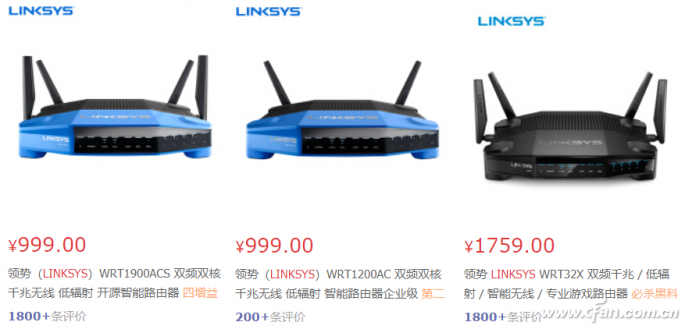
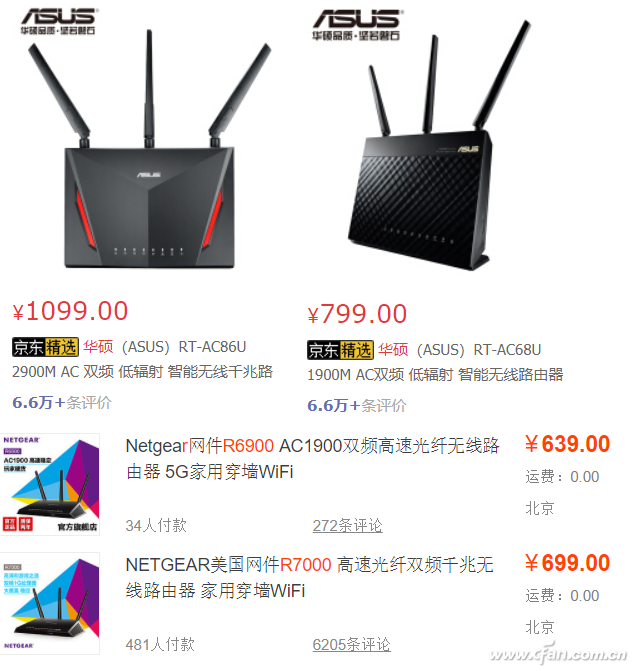
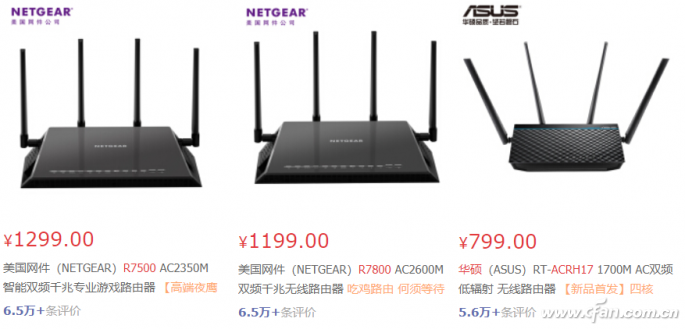

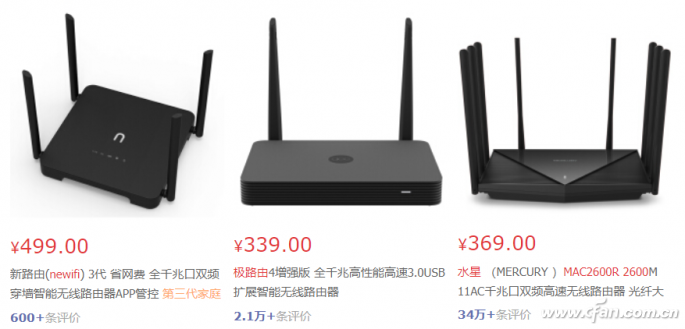

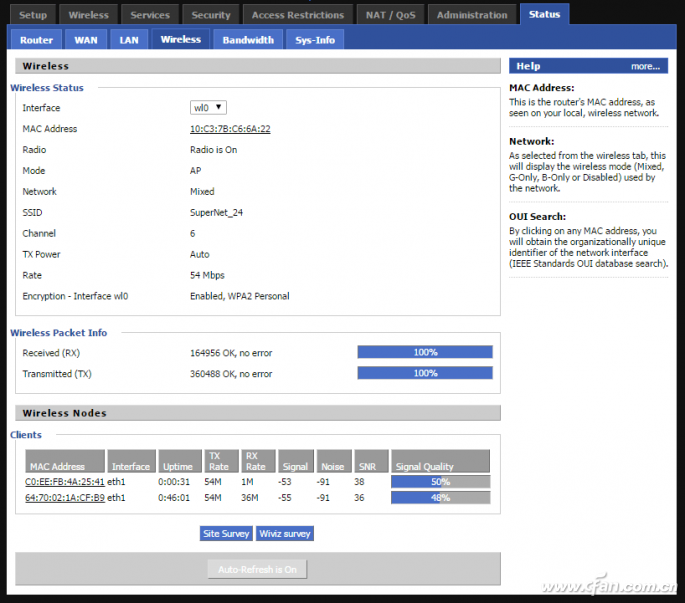
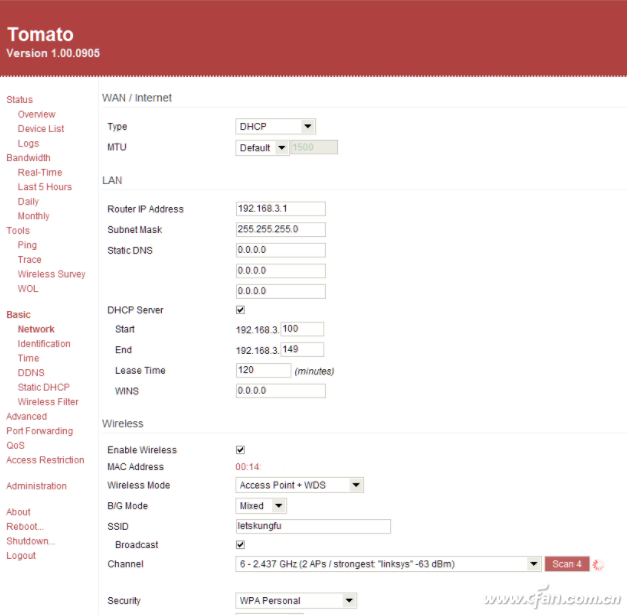
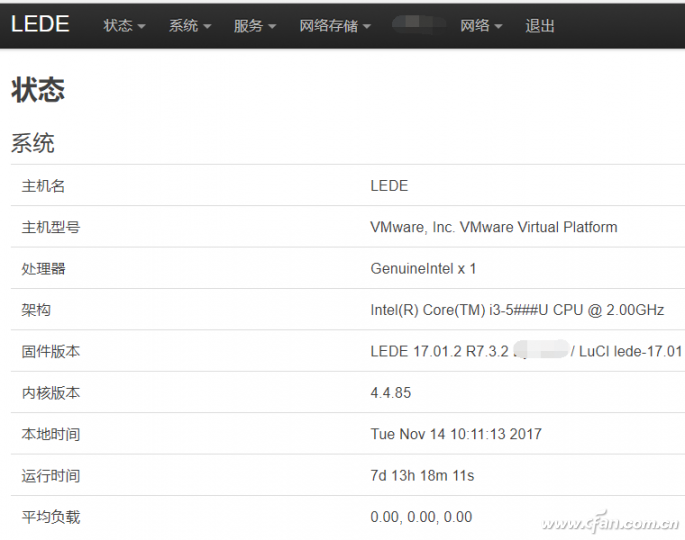
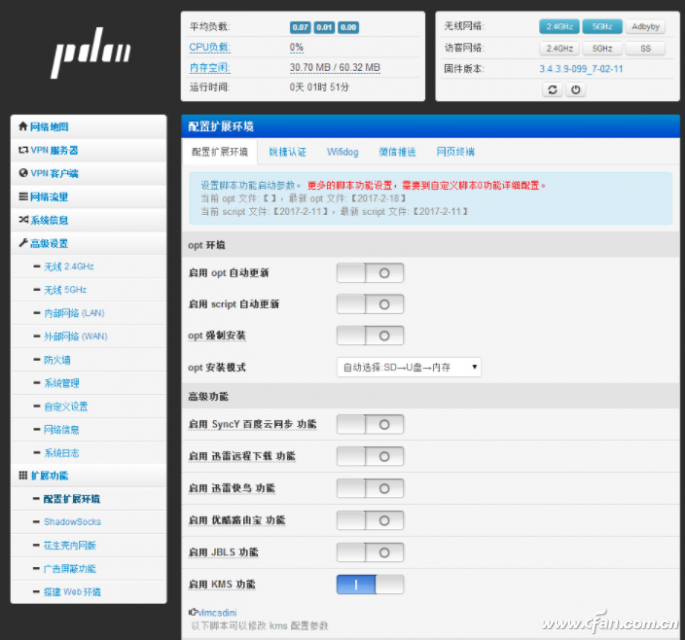
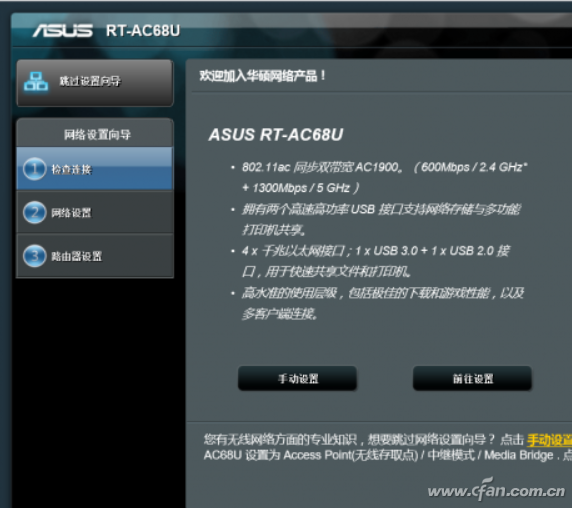

-Insulation Resistance:≥100mΩ
-Dielectric Strength:1,500V,
-1min Electronic Life:10,000 cycles
-Operating temperature:T120
-Rating current/voltage:6A 250V AC
Features
â—† Micro contact gap,High speed operation,High sensitirity,Micro operatizon travel.
â—† Long life & high reliability